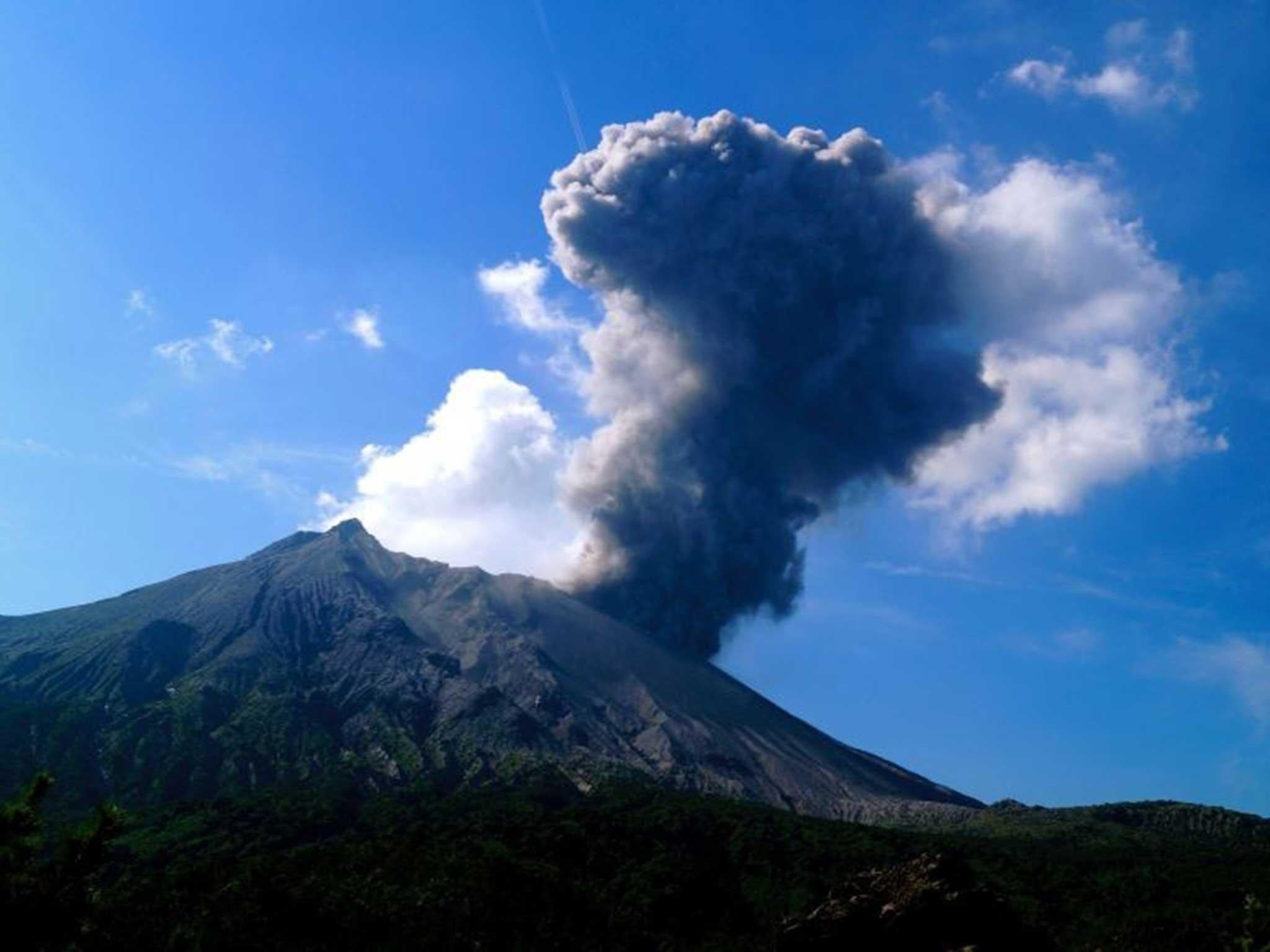Japan's Sakurajima volcano could be close to major eruption for the first time in a century
The deadly eruption of 1914 killed 58 people in a city dubbed the 'Naples of the Eastern World'

Your support helps us to tell the story
From reproductive rights to climate change to Big Tech, The Independent is on the ground when the story is developing. Whether it's investigating the financials of Elon Musk's pro-Trump PAC or producing our latest documentary, 'The A Word', which shines a light on the American women fighting for reproductive rights, we know how important it is to parse out the facts from the messaging.
At such a critical moment in US history, we need reporters on the ground. Your donation allows us to keep sending journalists to speak to both sides of the story.
The Independent is trusted by Americans across the entire political spectrum. And unlike many other quality news outlets, we choose not to lock Americans out of our reporting and analysis with paywalls. We believe quality journalism should be available to everyone, paid for by those who can afford it.
Your support makes all the difference.One of Japan's most active volcanoes could be close to a major violent eruption, research suggests.
A team of experts mapped the natural "plumbing system" of Sakurajima volcano, on the south-west tip of Kyushu, Japan, to discover a substantial growing magma reserve.
The build-up of magma inside the volcano could see a repeat of its deadly eruption of 1914, which killed 58 people in the coastal city of Kagoshima, which has been called the "Naples of the Eastern World".

The study, published in the journal Scientific Reports, focused on the Aira caldera, a large, submerged crater caused by the violent explosion and subsequent collapse of Sakurajima's magma reservoir.
It found that the volcano is being supplied with around 14 million cubic metres of magma each year - which equates to roughly three-and-a-half times the volume of Wembley Stadium.
Crucially, the researchers found magma is being supplied to the system at a faster rate than it can be released through regular, small eruptions from the volcano, which they say may indicate there is growing potential for a larger eruption within 30 years.
Dr James Hickey, from the University of Exeter's Camborne School of Mines, said: "The 1914 eruption measured about 1.5 kilometres cubed in volume - a massive event.
"From our data we think it would take around 130 years for the volcano to store the same amount of magma for another eruption of a similar size - meaning we are around 25 years away."

He added:"What we have discovered is not just how the magma flows into the reservoir, but just how great the reservoir is becoming.
"We believe that this new approach could help to improve eruption forecasting and hazard assessment at volcanoes not just in this area, but worldwide.
"We know that being forewarned means we are forearmed and providing essential information for local authorities can potentially help save lives if an eruption was imminent."
Join our commenting forum
Join thought-provoking conversations, follow other Independent readers and see their replies
Comments